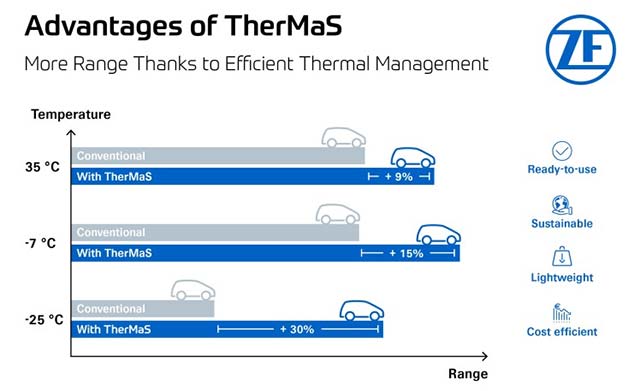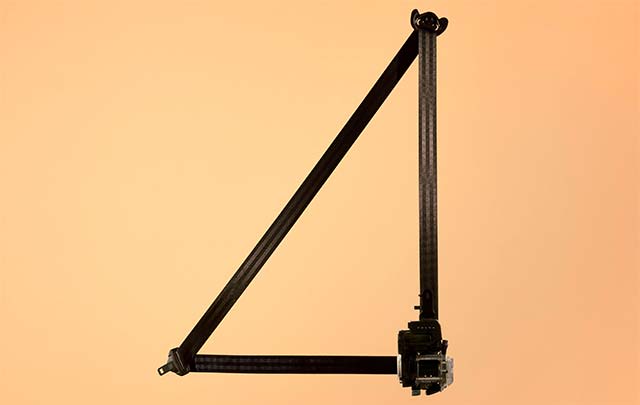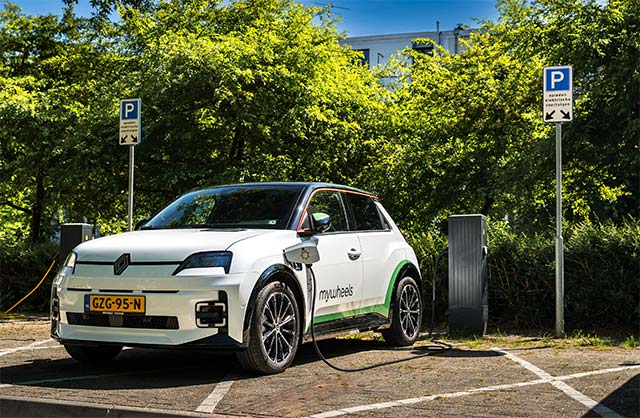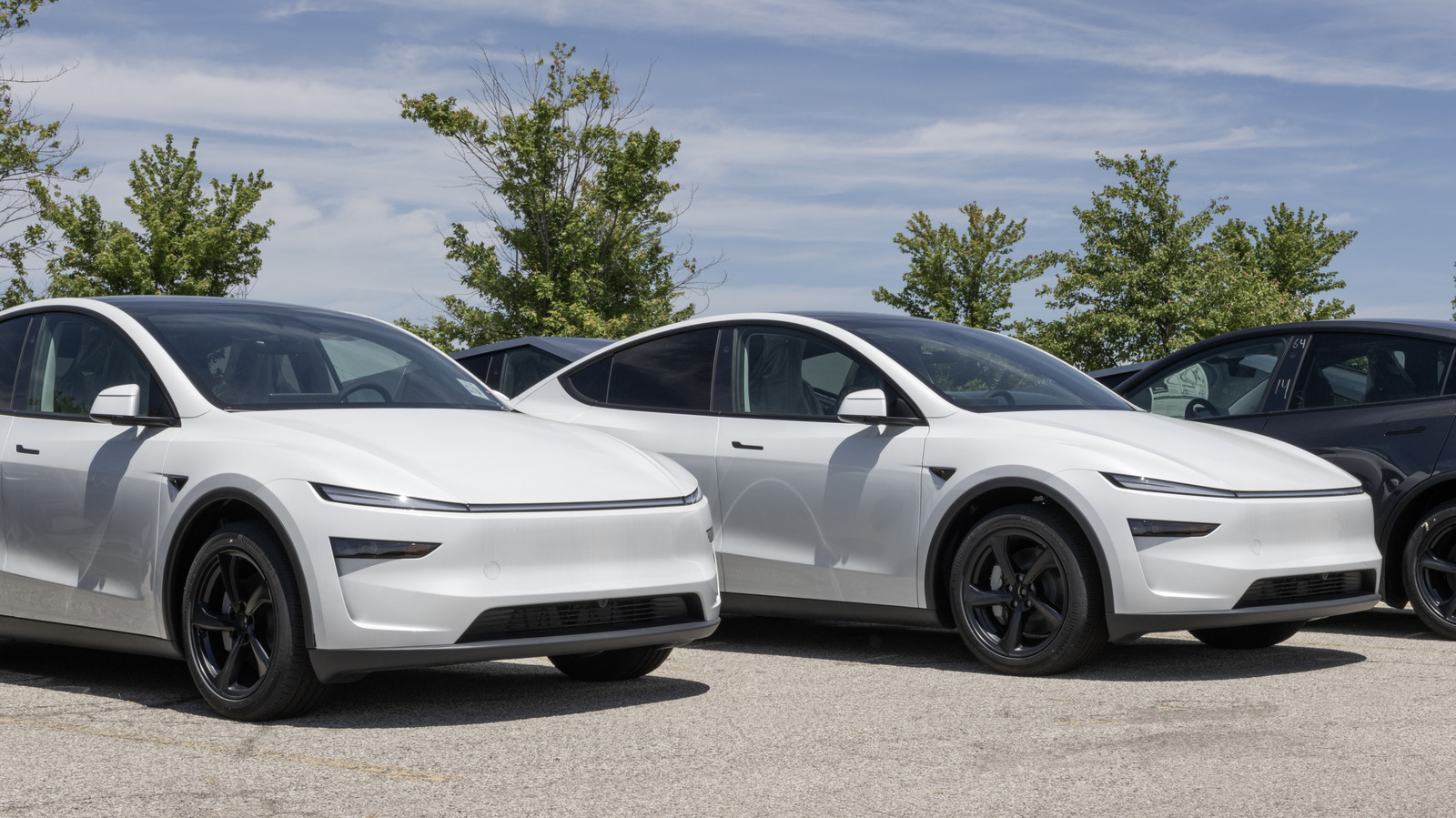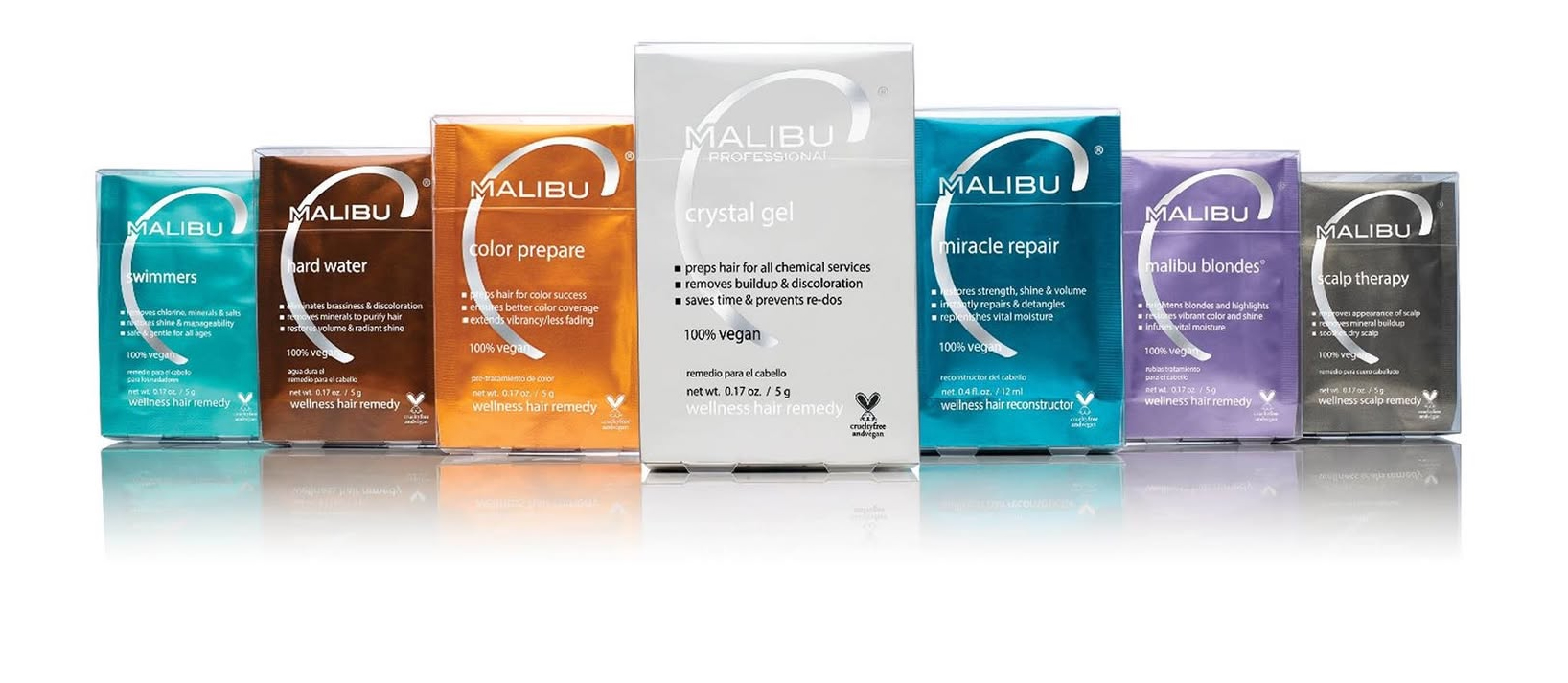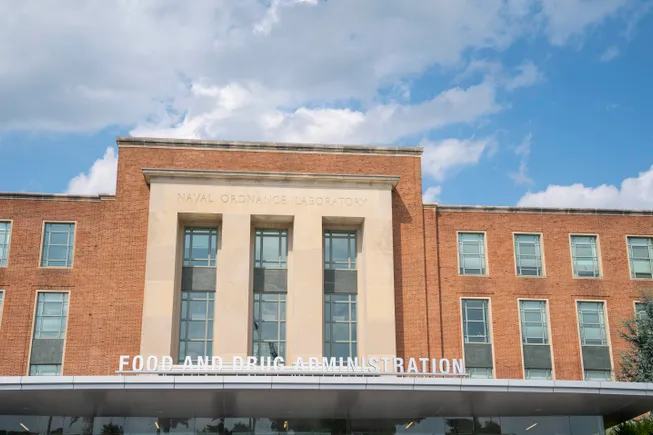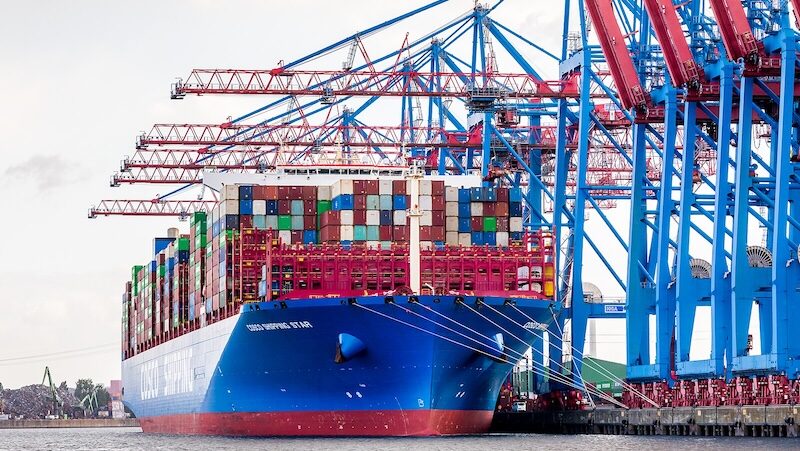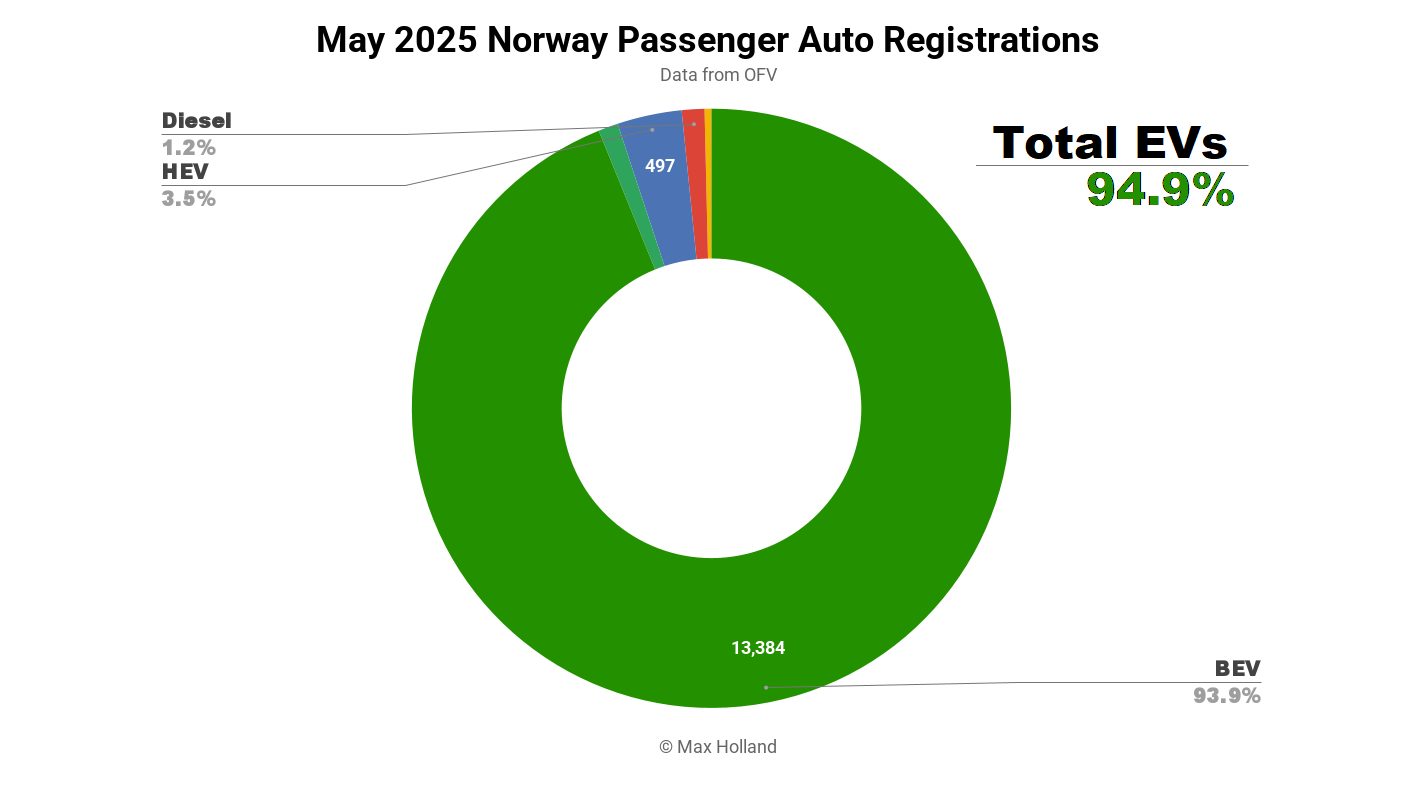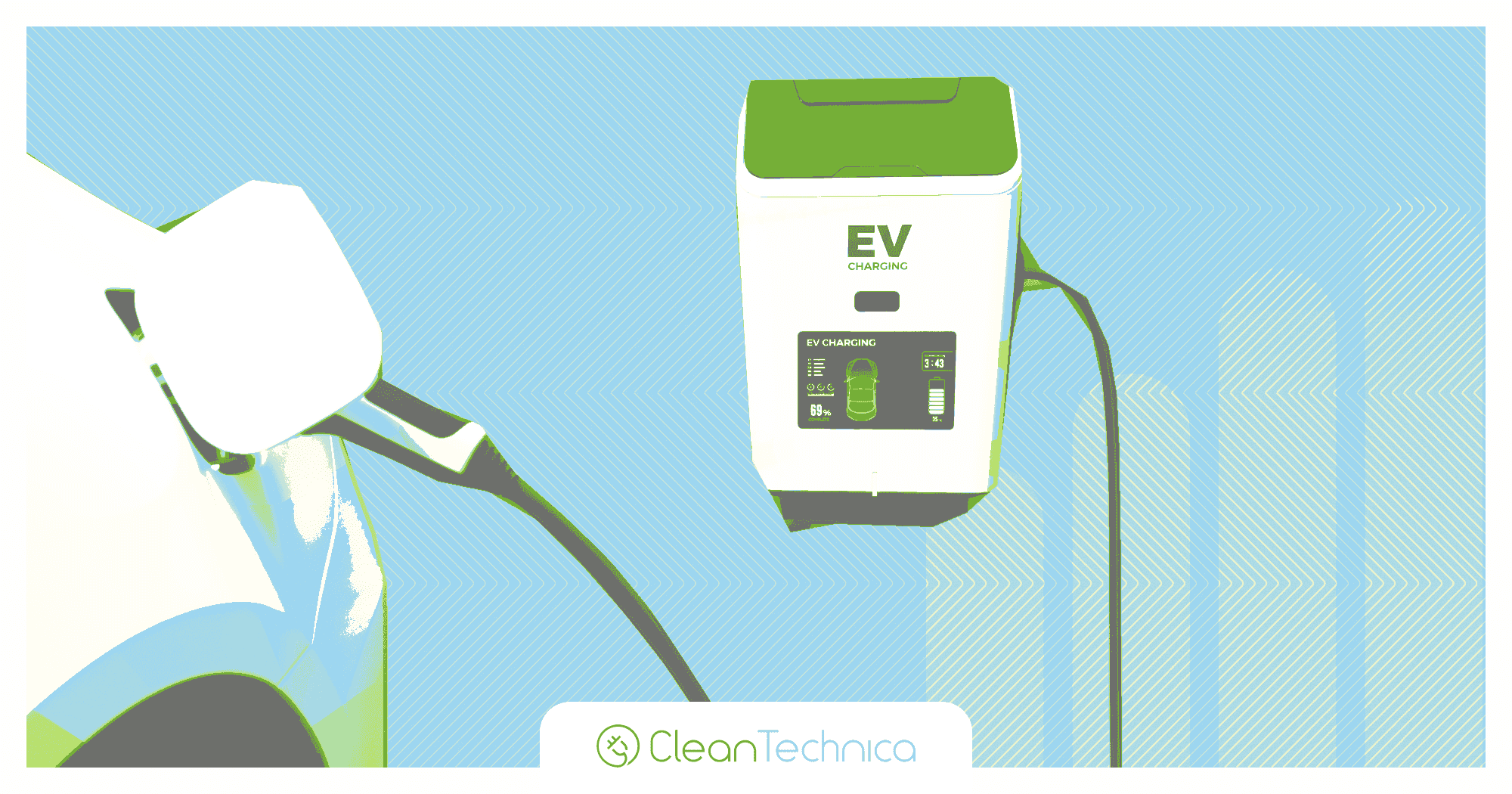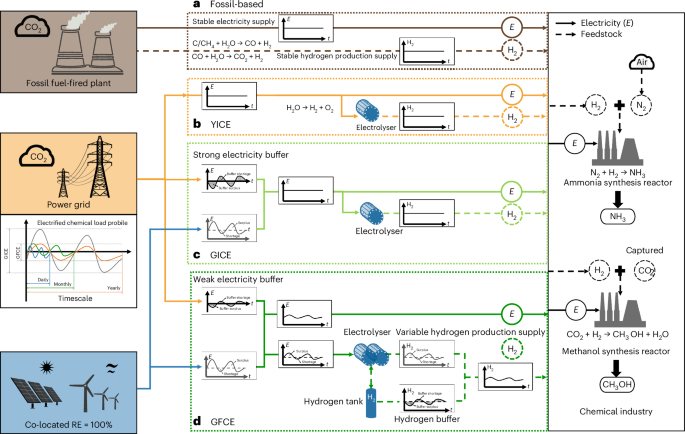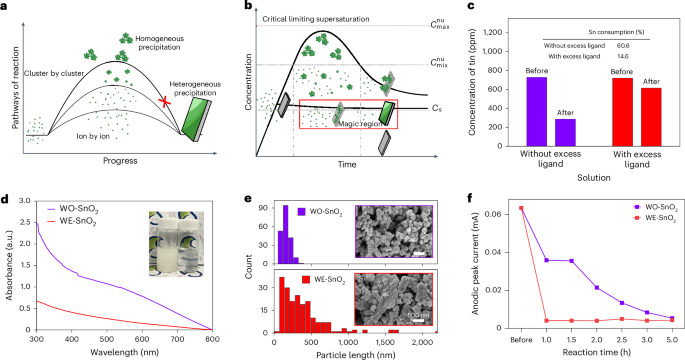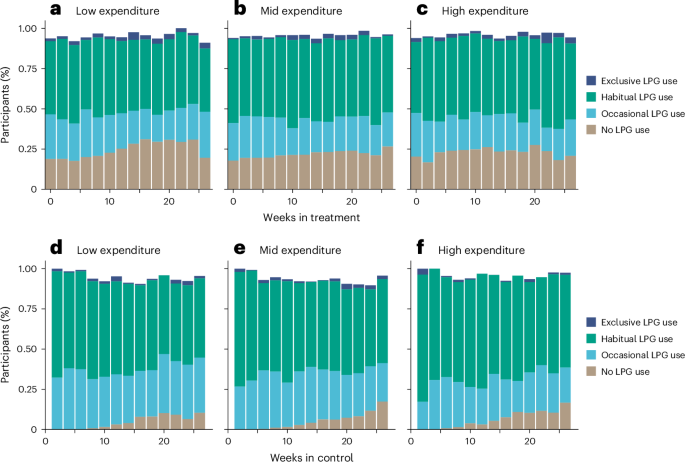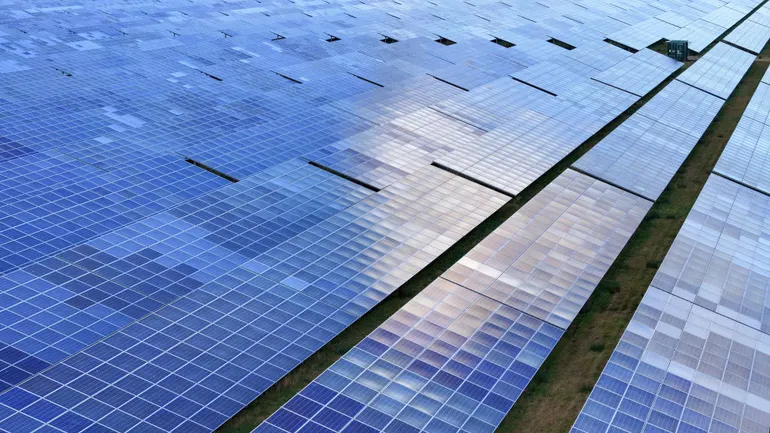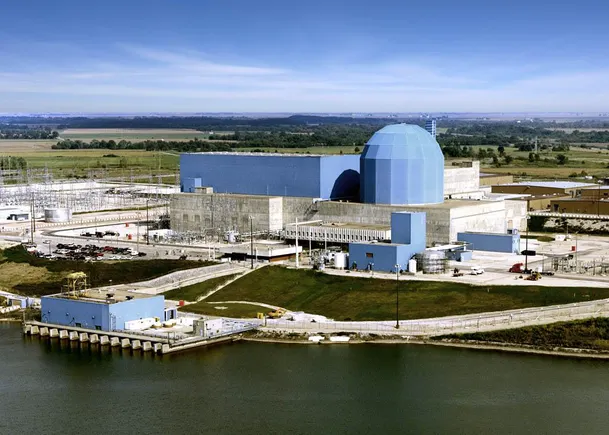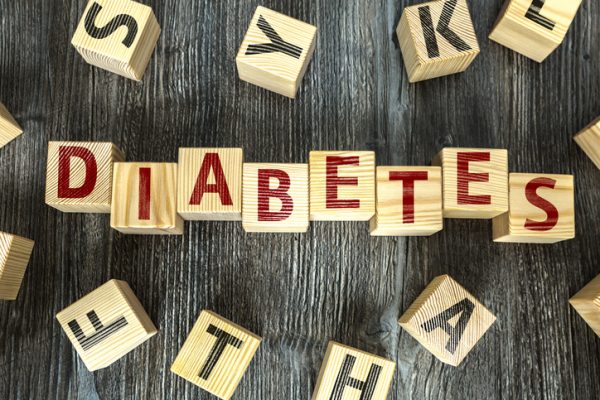Developing Therapeutically Enhanced Extracellular Vesicles for Atherosclerosis Therapy
Advanced Healthcare Materials, Volume 14, Issue 13, May 16, 2025.

Vascular smooth muscle cells (VSMC) are genetically engineered with ExoMotif-modified microRNA-145 (miR-145), creating cellular factories secreting extracellular vesicles (EVs) loaded with miR-145. miR-145 EVs are then surface modified to target pathogenic synthetic VSMCs, and shown to inhibit atherosclerosis progression in vivo.
Abstract
Atherosclerosis is a chronic condition and the leading cause of death worldwide. While statin therapy is the clinical standard, many patients still experience acute cardiovascular events. To develop better therapies, the group previously delivered microRNA-145 (miR-145) via micellar nanoparticles to vascular smooth muscle cells (VSMCs) to inhibit atherosclerosis. However, for chronic diseases requiring repeat dosing, synthetic nanoparticles have drawbacks such as immunogenic response and low delivery efficiency. To meet this challenge, therapeutically enhanced extracellular vesicles (EVs) are engineered as a biologically-derived nanoparticle modality to mitigate atherosclerosis. A novel strategy is employed to load miR-145 into EVs using ExoMotifs—short miRNA sequences that facilitate miR cargo loading. EVs are further functionalized with a monocyte chemoattractant 1 (MCP-1) peptide, which binds to C-C chemokine receptor 2 upregulated in pathogenic VSMCs. Mouse aortic smooth muscle cell MCP-1-miR-145 EVs restored VSMC gene expression and function in vitro. Moreover, compared to miR-145-loaded synthetic nanoparticles, MCP-1-miR-145 EVs exerted similar therapeutic effects but with 25,000x less miR-145 cargo. Lastly, MCP-1-miR-145 EVs inhibited plaque growth in mid-stage ApoE−/− atherosclerotic mice at a miR-145 dose 5000x less than synthetic nanoparticles. Collectively, it is demonstrated that genetic engineering of VSMCs with miR-145 produces therapeutically boosted EVs that reduce atherosclerosis plaque burden.























